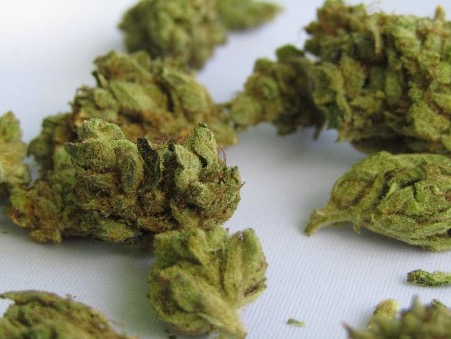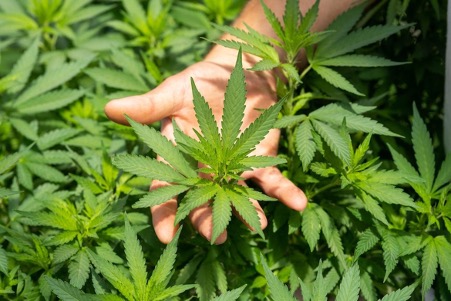A good cannabis grower knows a lot about how to harvest marijuana, uses the best ways to cure and dry it, and stores the harvest in the right way and in the right packaging. Trimming your cannabis buds is another important step in preserving their effects and ensuring high quality. To carry out this step correctly, one must know a lot about trimming. There are many points to consider, starting with equipment selection and ending with a better trim type.
It does not matter if you are a beginner at marijuana growing or doing well, but you need more unique tips to improve your knowledge base. When you open any seed bank and buy cannabis seeds online NYC, that means only one thing: you will undoubtedly proceed to trim your plants at some point. For someone, this is a relatively uninteresting job, and others want to build a connection with the plant they have been growing with their own hands for months.
Continue reading this helpful article regardless of the type of grower you are or why you are here. It is packed with prompts about the perfect tools and time to begin. Furthermore, tips will assist you in distinguishing between different types of trimming so that you can pick your best and make excellent trimming.
Why It Is Essential
Buds need to be trimmed before one puts them into storage containers. The process provides a more potent weed fragrance over time. Otherwise, an untrimmed hemp plant will smell like hay after being stored for too long. Also, removing the unnecessary fan and sugar leaves, stems, and branches makes cannabis buds smoother for further uses, such as smoking. All the removed parts contain fewer trichomes than buds, or do not have them. The trichome is the place where cannabinoids are concentrated. That is why trimmed buds tend to have a higher concentration of THC.
When Start Trimming
The first question is when it is better to start. It is important not to begin too late or too soon. If you remove extra plant parts too early, there is a risk that they may not be thoroughly developed. Cannabis buds, on the other hand, may begin to rot.
How can you tell whether your plant is ready for harvest and further trimming? Whether you prefer indoor or outdoor growing, pay attention to trichomes and stigma. When are weed plants ready to be collected? Their trichomes should gain an opaque or white color and become sticky. Little hair-looking strands located all over the buds are named stigmas. They begin curling and turning orange when the bud is ripe.
Needed Tools
Be sure you have prepared the required equipment. Here is the list that might help you:
- Scissors and special shears are necessary because you may need small or larger ones for different plant parts. Keep them sharp. If you are tired of trimming by hand, think about automatic tools.
- A comfortable chair is a must to prevent back pain, as trimming takes quite a long time to finish.
- Trays for trimmed and untrimmed cannabis will provide the proper working area organization.
- Cleaning supplies will help to remove the resin remains from the tools.
- Appropriate clothing means putting on anything comfortable and you do not mind it allwill get dirty.
Different Types of Trimming
Before proceeding with the process, think about whether you will do wet or dry trimming. Look at the pros and cons of each variant to find the most relevant.
Wet Type
- If you have chosen that type, then happen in one sitting. After collecting the cannabis harvest, you remove buds from brunches, trim them, and put them on a drying rack for a few days.
It is easier to cut unnecessary parts when the plant is still wet. You provide quicker drying and less space for it than is needed. As the moist foliage is cut, it prevents mold from developing. A long and messier process and the urgent need to trim immediately after the harvest may be highlighted as drawbacks.
Dry Type
This method is more common for large-scale growers. When the harvest collection is over, you should hang it upside down and wait for a few days. When the weed is dry, you are ready to start.
The drying process takes longer in that case. Nevertheless, you save a higher terpenes’ content. Compared to the wet type, this one is less messy, and you do not need to think about trimming immediately after collecting crops. Also, dried sugar leaves may be used for edibles. On the other hand, because you hang the entire plant, you may require more space for your work. Also, foliage traps excess water, making plants more likely to develop mold.
Summary
Whether to choose wet or dry trim depends on your preferences. Decide which one is more convenient and consider your circumstances. Take into account your time and prepare all the equipment in advance to ease and fasten your job. Pay attention to the fact that dry trimming leads to a less attractive final product.



